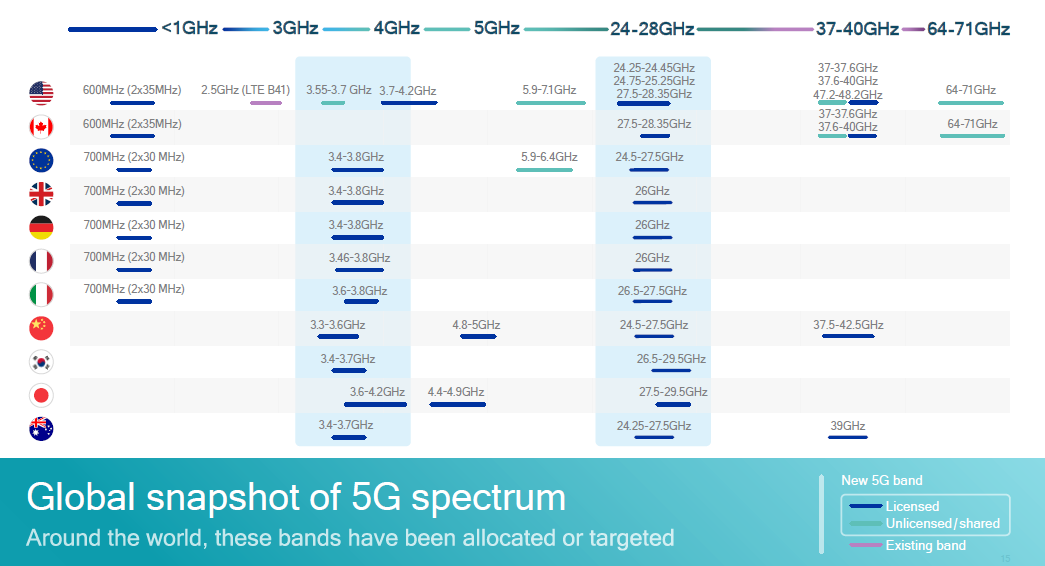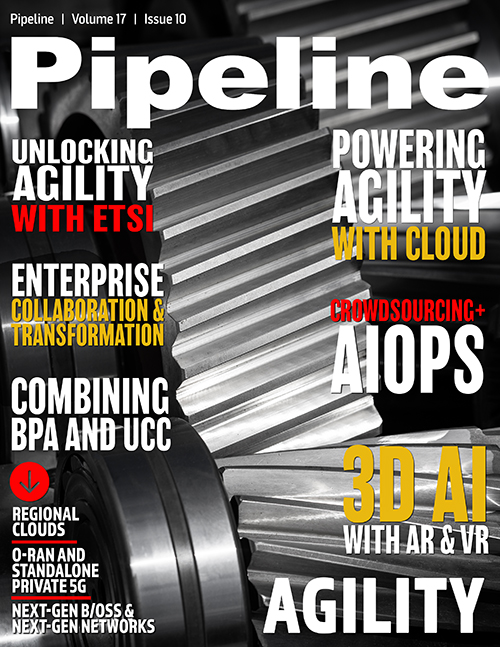Standalone and the 5G Private Network Opportunity
By: Ankur Sharma

There has been a lot written on the coming Industry 4.0 transformation and how 5G will spur new opportunities and innovation. Much of the focus has been on a variety of use cases such as increasing enterprises’ quality of service requirements, enhancing mobile-broadband experiences or delivering superior resource utilization and sufficient bandwidth to handle massive machine-type communications. 5G networks with enabled slicing, new models of private networks and the use of licensed and unlicensed spectrum options are exciting, yet they also have challenging issues that need to be addressed.
The most important 5G use case today is enhanced mobile broadband (eMBB) and it is drawing major interest from mobile network operators (MNOs). Extending LTE-Advanced’s use cases of consumer-to-consumer (C2C) or business-to-business (B2B), the 5G era is focused on revenue-generating use cases in B2B2B, B2B2C and many more.
To get there, 5G must be software-controlled, simplify processes and be capable of being deployed quickly. It must be provisioned with Industry 4.0-grade security but still meet service level agreements (SLAs) and performance requirements. The challenge is to define and provide a network architecture that can be adapted to support many different types of consumer, business and industry use cases that have large ecosystems of heterogeneous devices, while also effectively increasing the return on investment (ROI) and reducing the total cost of ownership (TCO).

Figure 1: Global 5G spectrum snapshot. Source: everythingRF
click to enlarge
The private network challenge
Recently, ABI Research issued a report noting that private network deployments are expected to generate revenue of over $64 billion by 2030. Much work has been done to establish the standards and lay the groundwork for how private networks can be operated. However, at this stage, the reality is that the ability to deploy a private network remains cost-prohibitive for the majority of enterprises today. Specifically, enterprises face two significant challenges: the overall cost of radio access network (RAN) equipment and maintenance and the cost of spectrum licensing.

Figure 2: 5G business players
click to enlarge
Thankfully, these challenges are being addressed. The first by a growing ecosystem of open telecom vendors developing a number of interoperable solutions, including Open RAN, that provide best-of-breed selection and greater flexibility for



















